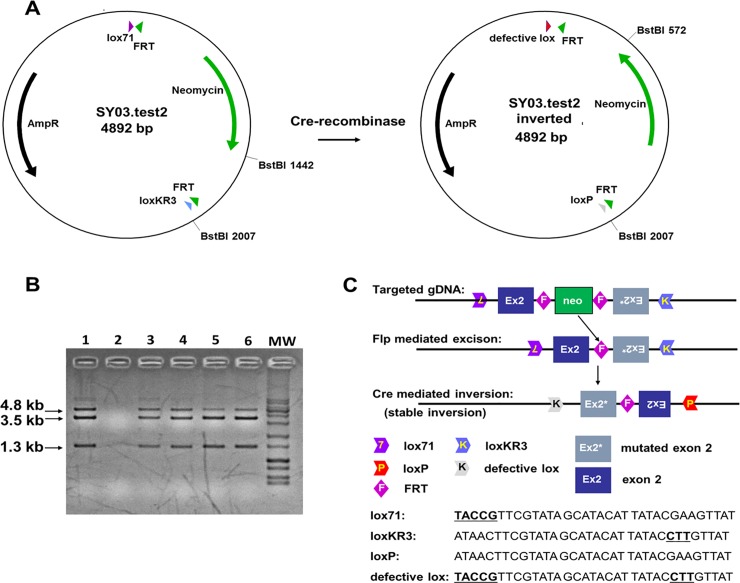Fig 1. Strategy for conditional knock-in generation via inversion.
(A) Scheme of the plasmid used to test recombination and stable inversion with lox71 and loxKR3. Magenta arrowhead: lox71; light blue arrowhead: loxKR3; grey arrowhead: loxP; red arrowhead: double mutant lox; green arrowhead: FRT site. (B) Restriction fragment analysis with BstBI of the plasmid (4.8 kb) after transformation in Cre-expressing E.coli. The correctly inverted plasmid results in restriction fragments of 3.5 kb and 1.3 kb. Lanes 1, 3–6: positive clones; lane 2: blank (water); MW: DNA molecular weight marker. (C) Two versions of the targeted exon (wild-type and mutated) are inserted in head-to-head orientation between a loxKR3 and a lox71 site. The two versions of the exon are separated by an FRT-flanked neomycin cassette. After targeting the neomycin cassette is deleted via Flp-mediated recombination in vivo. The mutation is activated by stable inversion of the two exons mediated by Cre-recombinase. The targeted exon in the Impad1 conditional knock-in is exon 2, as shown in the figure, while exon 7 is the targeted exon in the Clcn7 conditional knock-in. The sequences of lox sites used in this study are reported and mutated sequences are indicated by bold and are underlined. Lox71 carries mutations in the left element, while loxKR3 carries mutations in the right element.

